Blog
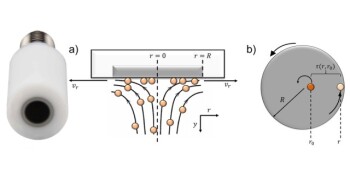
Basic Principles and Applications of Rotating Disc Electrodes
9 months agoExplores the development, principles, and applications of Rotating Disc Electrodes in electrochemistry.
Learn More
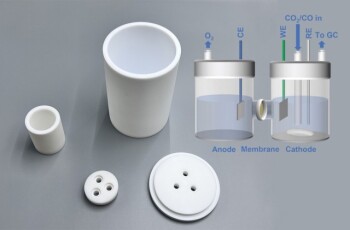
Electrolytic Cell Design and Standards
9 months agoA comprehensive guide on the design criteria, types, and components of electrolytic cells used in industrial metal production.
Learn More
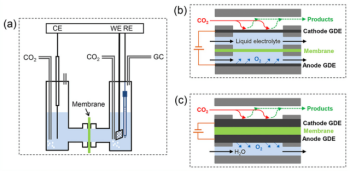
H-Type Electrochemical Cells vs. Flow-Cells
9 months agoComparison of H-Type Electrolytic Cells and Flow-Cells, focusing on their structures, advantages, and disadvantages in CO2 reduction systems.
Learn More

Electrolytic Cell Design and Standards
9 months agoA comprehensive guide on the design and criteria for electrolytic cells, crucial for accurate electrochemical testing.
Learn More
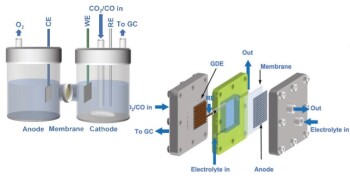
Electrocatalytic CO₂ Reduction: Electrolytic Cells
9 months agoAn overview of electrocatalytic CO₂ reduction methods and their challenges in industrial applications.
Learn More
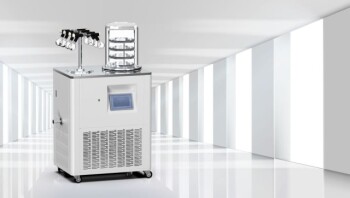
Understanding Cold Traps in Lyophilizers: Key Factors and Evaluation Methods
9 months agoExplores the role, evaluation, and common misconceptions of cold traps in lyophilizers, emphasizing the importance of water capture efficiency.
Learn More
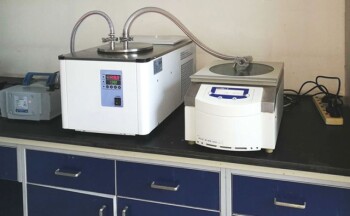
Understanding the Functionality of Cryogenic Cold Traps
9 months agoAn in-depth look at how cryogenic cold traps operate and their applications in various fields.
Learn More

Applications of Dry Cold Traps in Various Processes
9 months agoDry cold traps are used in multiple applications to condense and collect gases, protecting equipment and improving process efficiency.
Learn More

Optimal Cold Trap Temperature in Freeze Drying: Balancing Efficiency and Performance
9 months agoExploring the impact of cold trap temperature on freeze-drying efficiency and equipment performance.
Learn More
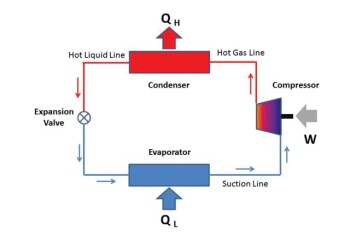
Distinguishing Between Condensers and Coolers in Refrigeration Systems
9 months agoExplores the key differences between condensers and coolers in chiller refrigeration systems, focusing on phase change, heat transfer coefficients, and series heat exchangers.
Learn More
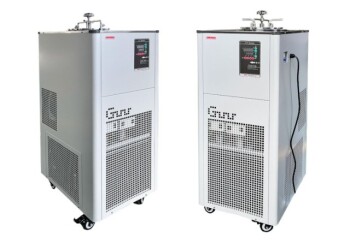
Cold Trap Design and Water Vapor Transport in Lyophilization
9 months agoAn overview of cold trap design and its impact on water vapor transport and product quality in the lyophilization process.
Learn More
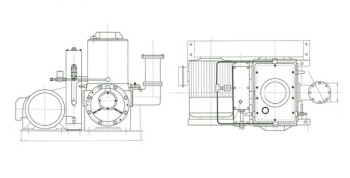
Comprehensive Guide to Rotary Vane Vacuum Pumps
9 months agoAn in-depth analysis of the structure, working principle, applications, and advantages of rotary vane vacuum pumps.
Learn More

Common Pumps Used in Ultrahigh Vacuum Systems
9 months agoAn overview of the primary types of pumps utilized in ultrahigh vacuum systems, including mechanical, turbomolecular, sputtering ion, titanium sublimation, and cryogenic pumps.
Learn More
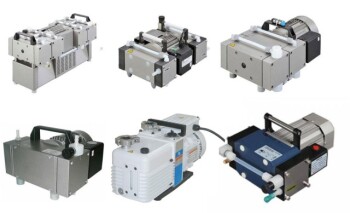
Choosing the Right Laboratory Vacuum Pump
9 months agoGuide on selecting appropriate vacuum pumps for various laboratory applications, considering types, uses, and vacuum degree calculations.
Learn More

Advantages of Laboratory Circulating Water Vacuum Pumps
9 months agoExplores the benefits of using laboratory circulating water vacuum pumps over traditional methods.
Learn More

Lessons Learned from a Laboratory Vacuum Pump Oil Change Fire Incident
9 months agoA detailed account of a fire incident during a vacuum pump oil change, highlighting the importance of proper maintenance and safety procedures.
Learn More

The Most Frequently Used Equipment in the Synthesis Lab: The Circulating Water Vacuum Pump
9 months agoDiscover the often overlooked but crucial role of the circulating water vacuum pump in synthesis labs.
Learn More

Understanding Vacuum Levels, Pressure Relationships, and Unit Conversions
9 months agoExplains the concepts of vacuum, positive, and negative pressures, and their unit conversions.
Learn More

Optimized Selection of Vacuum Pumps for Object Adsorption
9 months agoGuidelines for selecting miniature vacuum pumps considering theoretical calculations, practical flow, and safety factors.
Learn More

Introduction to Common Laboratory Vacuum Pumps
9 months agoAn overview of various vacuum pumps used in laboratories, including molecular and rotary vane pumps.
Learn More

Choosing the Right Heating Method in Laboratory Experiments
9 months agoUnderstanding the differences between metal bath, water bath, and thermostat heating methods for various lab experiments.
Learn More

Laboratory Water Bath Instructions for Use
9 months agoGuidelines for operating and maintaining laboratory water baths for safe and effective use.
Learn More

Comprehensive Guide to Thermostatic Water Baths
9 months agoDetailed overview of thermostatic water baths, including usage, precautions, common issues, maintenance, and calibration.
Learn More

Features and Precautions of Laboratory Water Bath Equipment
10 months agoAn overview of the features and safety precautions for laboratory water bath equipment.
Learn More

Preparation and Finishing Work for Using a Low-Temperature Thermostatic Reaction Bath
10 months agoGuidelines on preparatory and finishing tasks for using a low-temperature thermostatic reaction bath.
Learn More
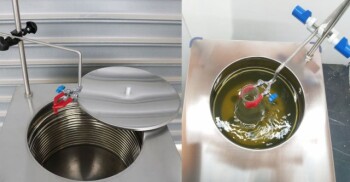
Corrosion Issues in Cryostat Reaction Baths
10 months agoExamines the corrosion problems in cryostat reaction baths and their impact on experimental accuracy.
Learn More

Guide to Using and Maintaining Constant Temperature Water Baths
10 months agoDetailed instructions on using and maintaining constant temperature water baths for optimal performance in laboratory settings.
Learn More

Laboratory Heating Equipment Safety
10 months agoDiscusses the importance of safety in using electrothermal thermostatic water baths and constant temperature oil baths in laboratories.
Learn More
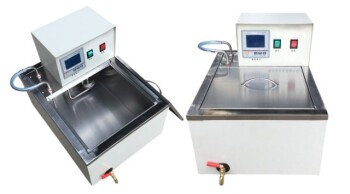
Constant Temperature Water Bath: Use, Maintenance, and Operation
10 months agoGuide on using, maintaining, and operating a constant temperature water bath for scientific experiments.
Learn More
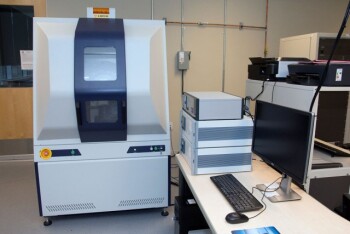
Navigating XRD Testing Challenges
10 months agoGuide on XRD applications, sample preparation, and data analysis.
Learn More